

Max Davies
How Audi, BMW, Honda, Mercedes-Benz, and Suzuki started out in Australia, and where they are now
4 Hours Ago
Angus MacKenzie gets an early drive of the extensively revised Porsche Panamera limousine ahead of an imminent global launch.
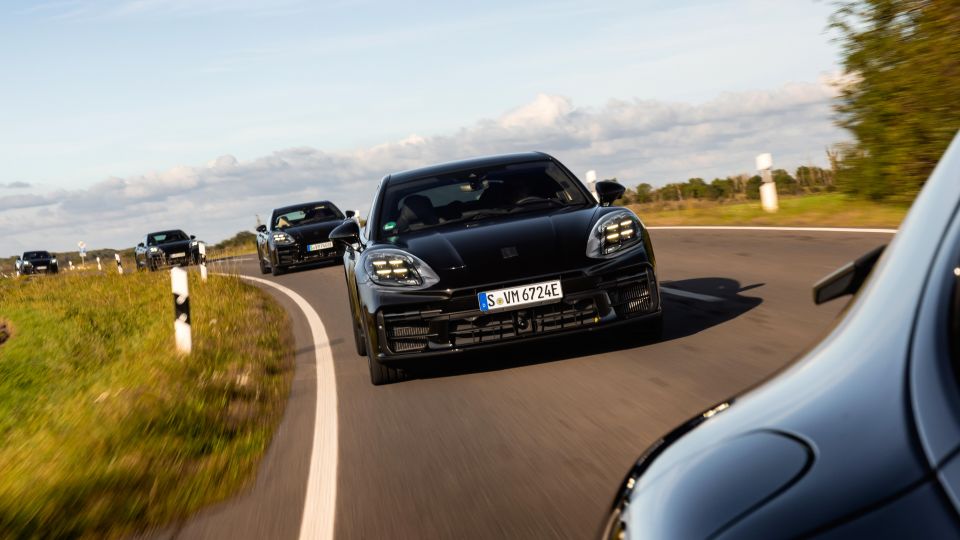
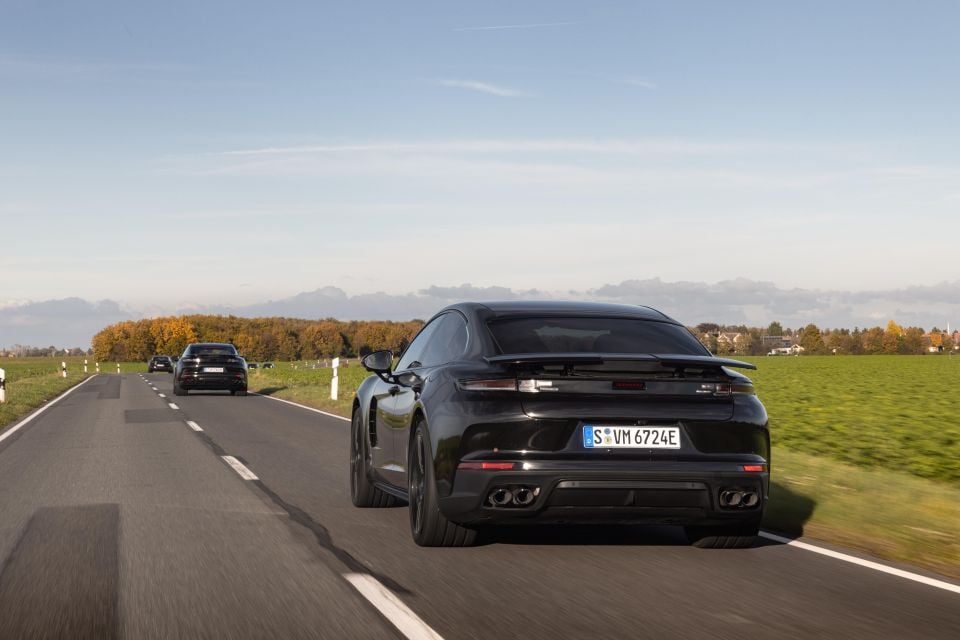

Quickly see how this car stacks up against its competition. Select any benchmark to see more details.
Where expert car reviews meet expert car buying – CarExpert gives you trusted advice, personalised service and real savings on your next new car.
“From our point of view, it is a new car,” says Thomas Friemuth, the man in charge of the Panamera product line at Porsche.

While at first glance there’s plenty about the new 2024 Porsche Panamera that looks familiar, and there’s a lot of familiar hardware under the skin, Friemuth’s assertion isn’t wide of the mark.
This Panamera is much more than a mid-cycle facelift. Among other things, it debuts Porsche’s first ever active suspension system.
But first, here are the differences you can see. Every exterior panel is new, apart from the door skins. Up front is a new bumper fascia with larger air intakes, including a vent above the front number plate, and air blades integrated into the outermost vents to improve aerodynamic efficiency.
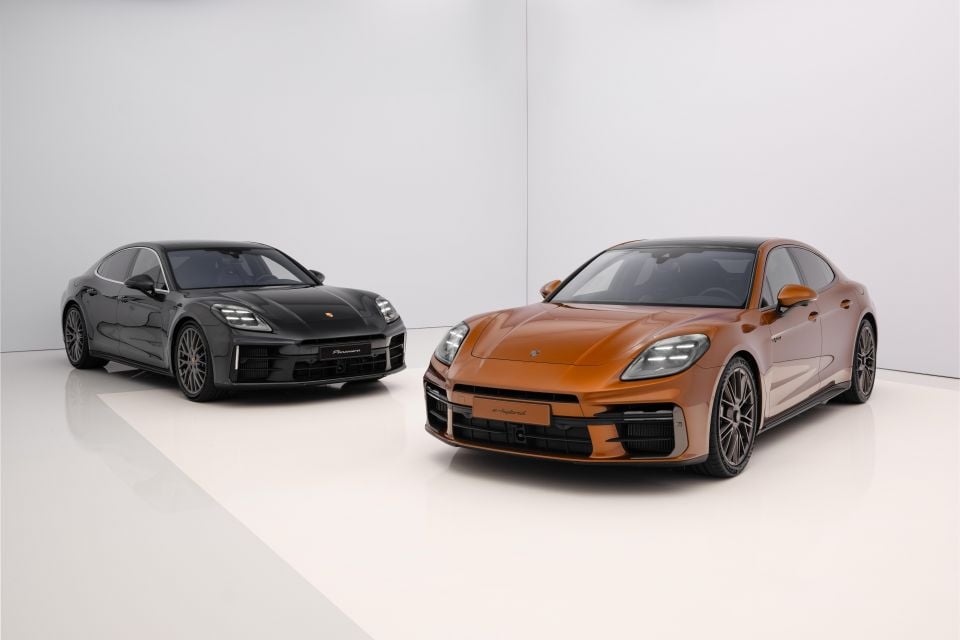
The bonnet is more sculpted, and the tops of the front guards have been raised to give drivers a more 911-like view through the windscreen.
What’s no longer 911-like though, is a C-pillar graphic instead of the Stuttgart sports car swoosh, there’s a slightly more formal double apex kink.
Above the new rear bumper and rear lights is a new hatchback lid with glass that extends out to the inner edge of the pillars, rather than being enclosed in a metal frame.
Other visual changes include the availability (on Turbo models) of a new finish for wheels, badges and window trim called Turbonite, a stylish dark matte silver with just a hint of warming bronze. Speaking of wheels, the new Panamera will be available with 21-inch centre-lock alloys for the first time.

Inside, the new Panamera adopts the multi-screen architecture from the electric-powered Taycan. The digital instrument panel is split into three different independently configurable sections.
At the centre of the dash is a 12.6-inch touch screen, with a 10.9-inch screen available for passengers that can stream video content while the car is moving, and digitally shield it from the driver’s view to avoid distraction.
The redesigned centre console has no shifter. Instead, a small toggle-like gear selector, similar to that used in the 911, is located on the dash, next to the steering wheel.
New door trims feature elements that can be configured in a mix and match of colours and materials. Ambient lighting is bounced off surfaces in the doors and under the dash to produce gentle washes of colour around the cabin.
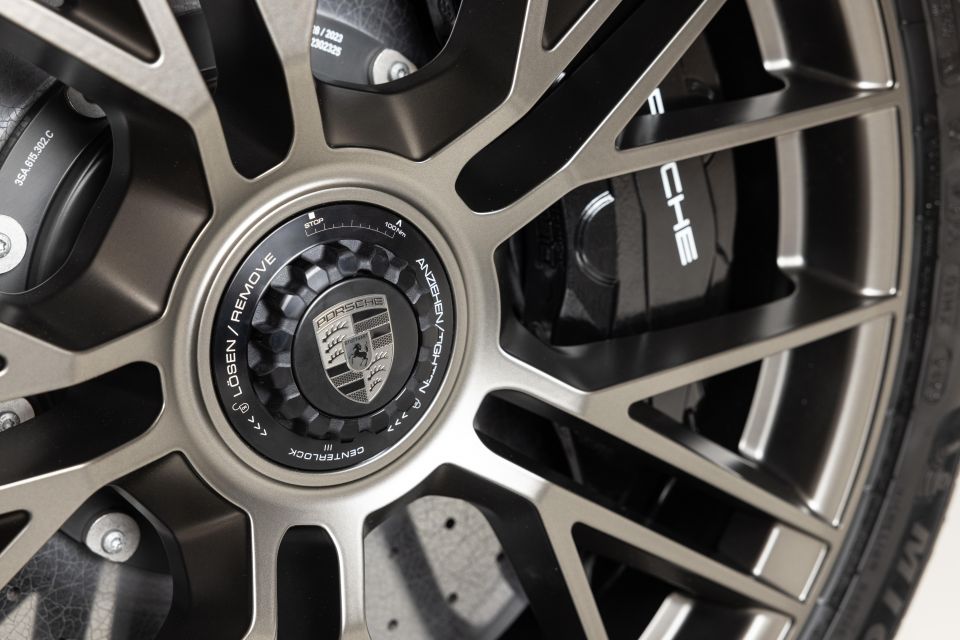
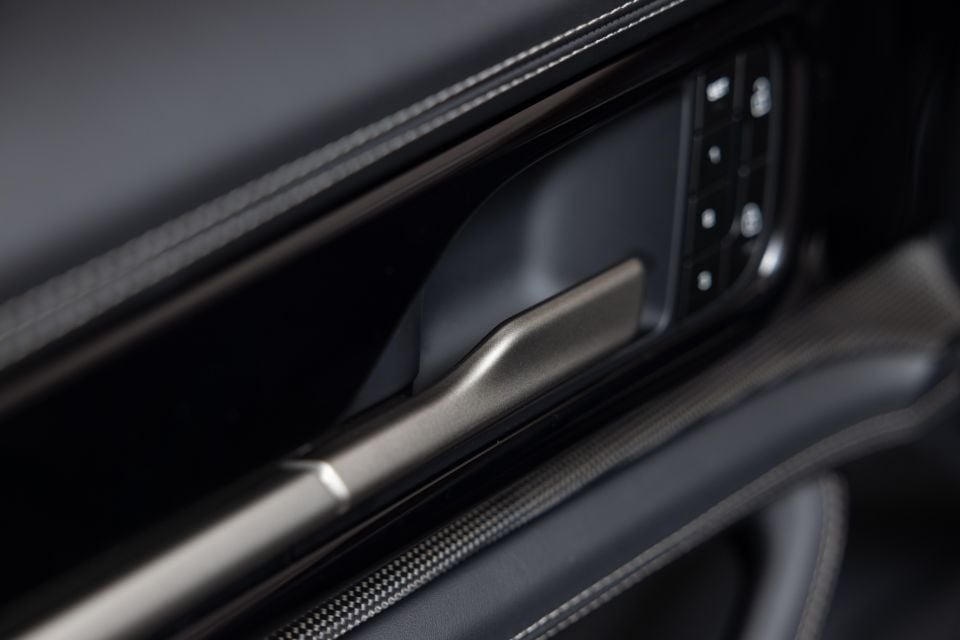
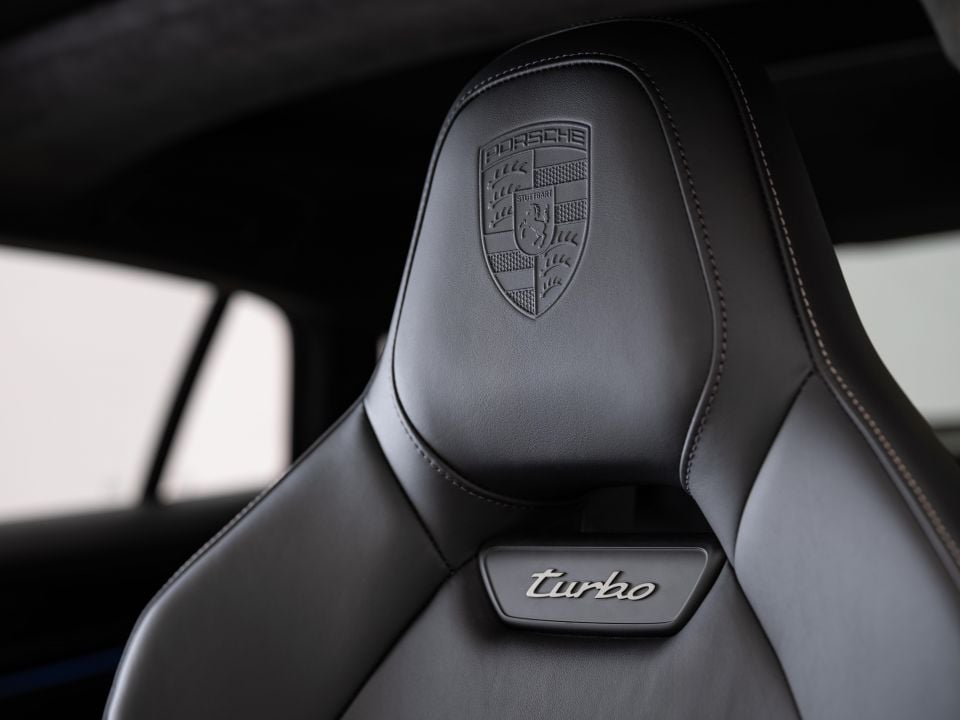

Powertrain upgrades have been focused on the plug-in hybrid (PHEV) models. The 4.0-litre twin-turbo V8 now runs 350 bar of fuel injection pressure and features an optimised valvetrain.
But the big money has been spent on a redesigned eight-speed PDK dual-clutch transmission with an integrally mounted 140kW/450Nm e-motor.
Thomas Friemuth describes the new e-motor as an ‘inner runner’, which means the inner part of the motor spins inside a fixed outer element. This, he says, reduces inertia by half, which improves response and allows for the motor to be oil cooled using the transmission oil, which also cuts weight.
The transmission’s dual-clutch is co-axially mounted inside the e-motor and allows the internal combustion engine to be decoupled from the e-motor and transmission, enabling the new Panamera to coast with the engine shut down when you lift off the accelerator pedal.
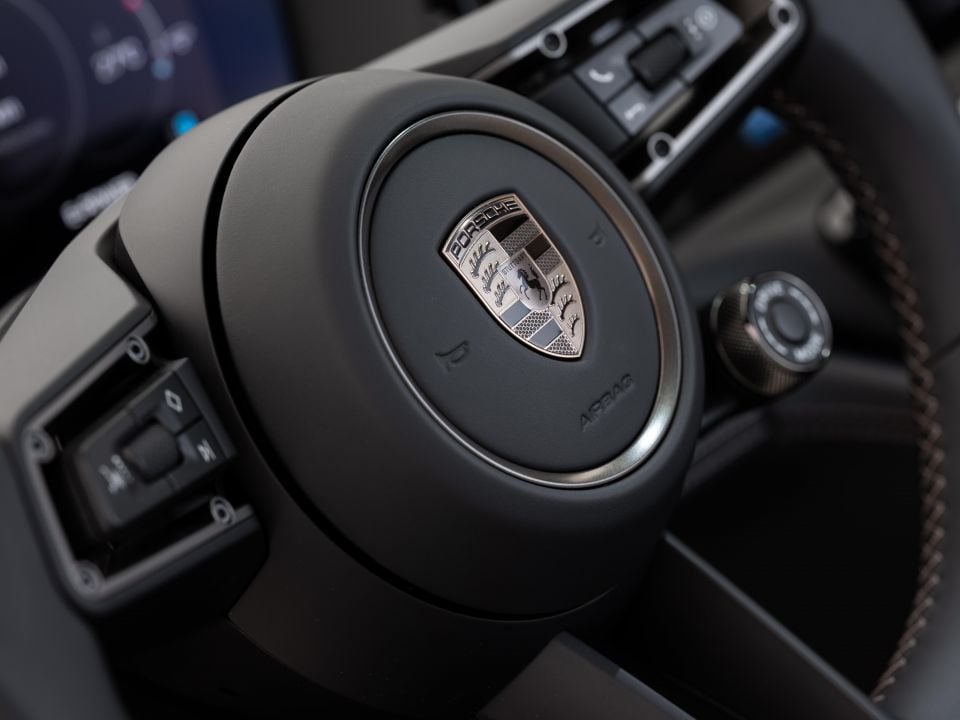
The PDK transmission used in the previous Panamera was torque limited. The redesigned unit in the new Panamera has been engineered to take considerably more than 900Nm of torque.
And for good reason: The Panamera Friemuth showed us around during a sneak preview in Stuttgart earlier this year was badged Turbo E-Hybrid, boasting total system outputs of 500kW and 930Nm. That’s just 15kW less power but 60Nm more torque than the current top-of-the-range Turbo S E-Hybrid.
Friemuth confirms there will be a Turbo S E-Hybrid in the new Panamera line-up, before teasing with a grin: “And maybe there will be higher numbers than those.” In other words, expect even more power and torque in the flagship Panamera model.
Power is not the only thing that’s been increased in the new Panamera PHEVs. The battery is bigger, too. It’s a 25.9kWh unit that delivers 90km of pure EV driving range.
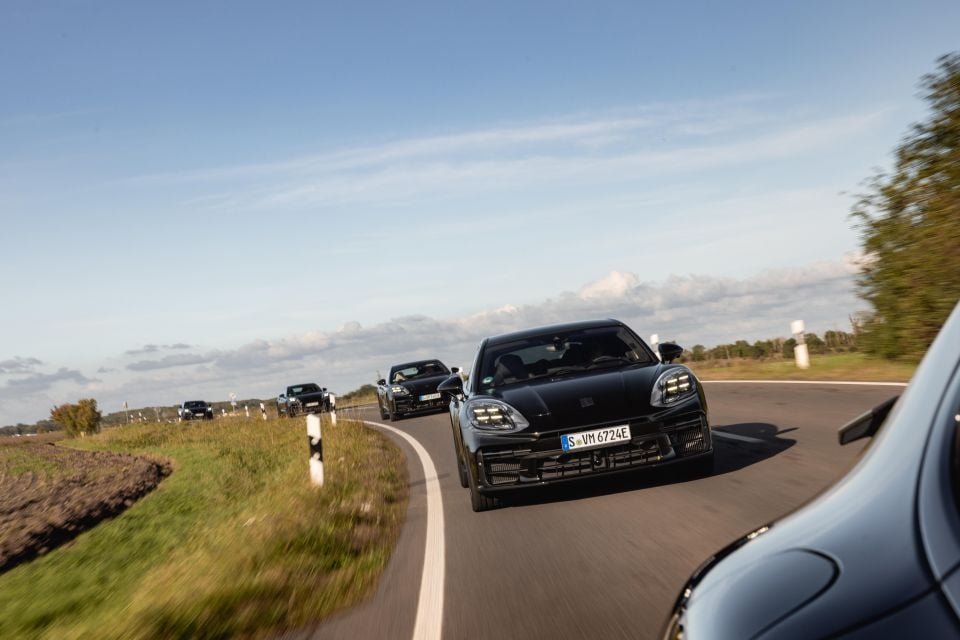
Why 90km, rather than the 100km that appears to be becoming the new range standard for PHEVs? Friemuth says Porsche’s research showed that on average most PHEV owners rarely regularly travelled more than 80km a day. Opting for a 90km range meant the size of the battery could be made slightly smaller, saving weight.
Air suspension is standard on the new Panamera, but the current car’s three-chamber air springs have been replaced by simpler, lighter two-chamber units.
The key enabling technology are new two-valve dampers which, says vertical dynamics engineer Jochen Liebold, allow independent tuning of compression and rebound damping and make three-chamber springs redundant.
The two-valve dampers are central to the new Panamera’s headline technology – Porsche Active Ride (PAR). Invented by Liebold and his team, PAR breaks new ground in terms of its concept and execution.

In simple terms, PAR uses four fast ultra-precise pumps to actively control the force at each wheel in both compression and rebound by pumping fluid through the dampers to push or pull the wheel.
Pump control units – one for each axle – can detect what is happening at each wheel every millisecond, and the pumps can independently vary the compression and rebound damping force acting on each wheel by plus or minus 10,000N in 30 milliseconds.
PAR allows Porsche dynamics engineers to create forces that control the acceleration, velocity, and travel of each wheel – and the motion of the body in relation to the wheel – almost in real-time.
As a brief drive of a PAR-equipped Panamera prototype revealed, the system virtually eliminates disturbances from the road penetrating into the cabin when in the default Comfort setting.

The big Porsche wafted down the road with almost Rolls-Royce levels of plushness and silence, despite rolling on ultra-low profile 21-inch Michelin Pilot Sport S 5 tires.
Yet in Sport+ mode PAR delivers tremendous grip – and no matter the mode, there is virtually no roll.
In the early development phases the car was completely roll-free, but testers complained there was no feel. What you don’t feel now is the vehicle’s mass, as the system effectively decouples the spring from the dynamic wheel load.
Electronic complexity – the new Panamera has a four-core CPU, and one core alone is needed to control PAR – has allowed mechanical simplicity.

There are no physical anti-roll bars, and the car rides on single chamber air springs.
Overall, the PAR system weighs the same as the 48V anti-roll setup used in the outgoing Panamera, but it will only be available on PHEV versions of the new Panamera because it needs the car’s 400V architecture to make it work.
An optional upgrade will allow PAR-equipped cars to seemingly defy the laws of physics, the system pushing the car’s tail up under hard acceleration, tilting it through corners like a fighter jet, and raising the nose under heavy braking.
The upgrade also includes a function that instantly raises the car 55mm when you open the door to make entry and egress easier.
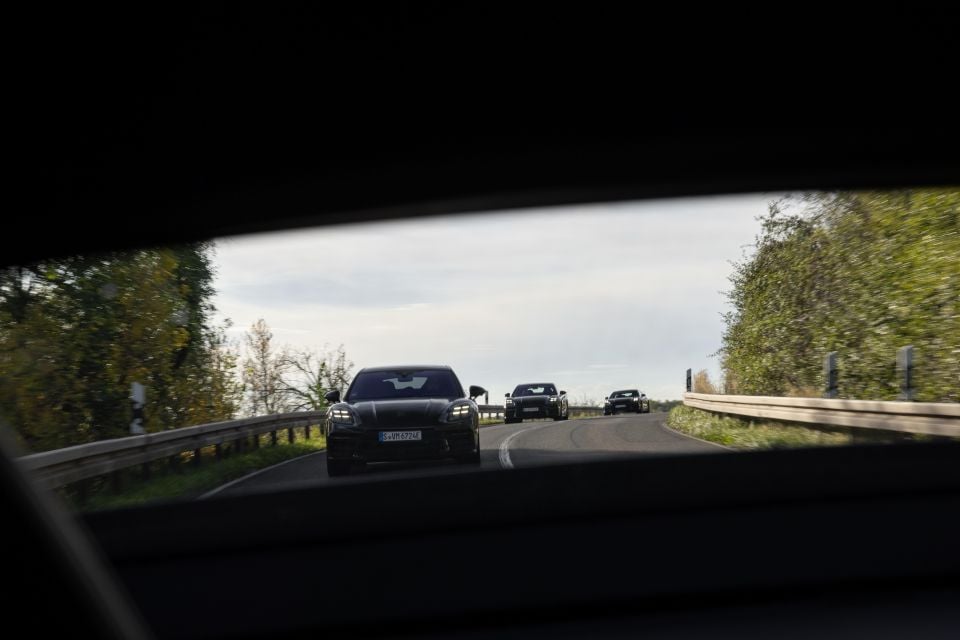
The counter-intuitive motions under acceleration, corning, and braking felt a touch exaggerated on our drive, making it hard to sense what was happening at the tyre contact patch, though the corner-carving tilt motions were fun.
Porsche engineers confirmed these functions are still being fine-tuned.
PAR allows Porsche to subtly move the Panamera into the luxury sedan sector dominated by the Bentley Flying Spur and Mercedes-Benz S Class, endowing it with a ride that’s smoother and quieter than either.
Crucially, PAR also enables the Panamera to behave like a Porsche, with the dynamic chassis response and grip levels you expect from a company that for decades built nothing but sports cars.
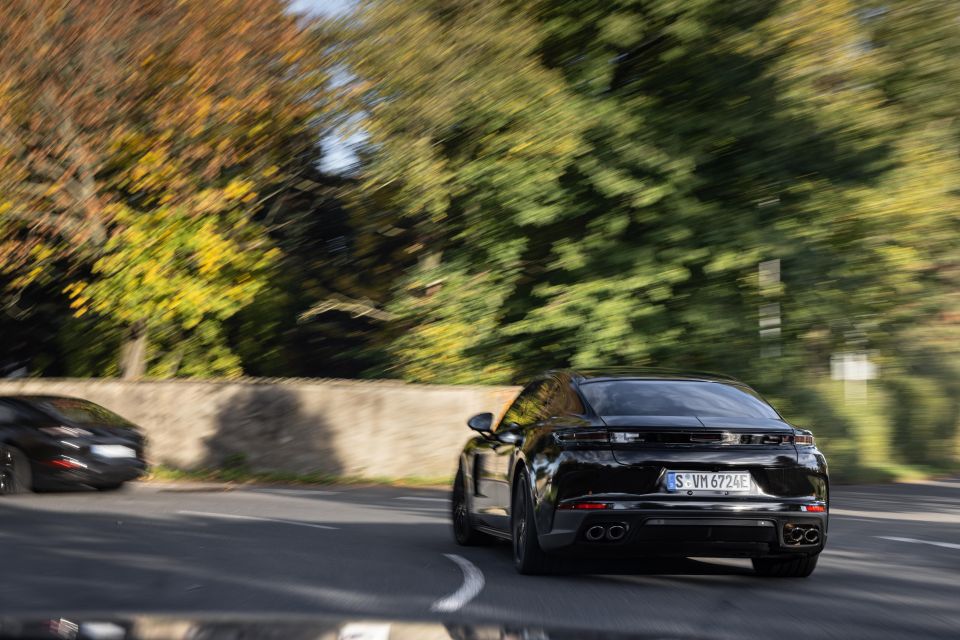
Click the images for the full gallery
BUY: Porsche Panamera MORE: Everything Porsche Panamera
Where expert car reviews meet expert car buying – CarExpert gives you trusted advice, personalised service and real savings on your next new car.


Max Davies
4 Hours Ago


William Stopford
4 Hours Ago


Derek Fung
4 Hours Ago


Max Davies
12 Hours Ago


William Stopford
1 Day Ago


Ben Zachariah
1 Day Ago